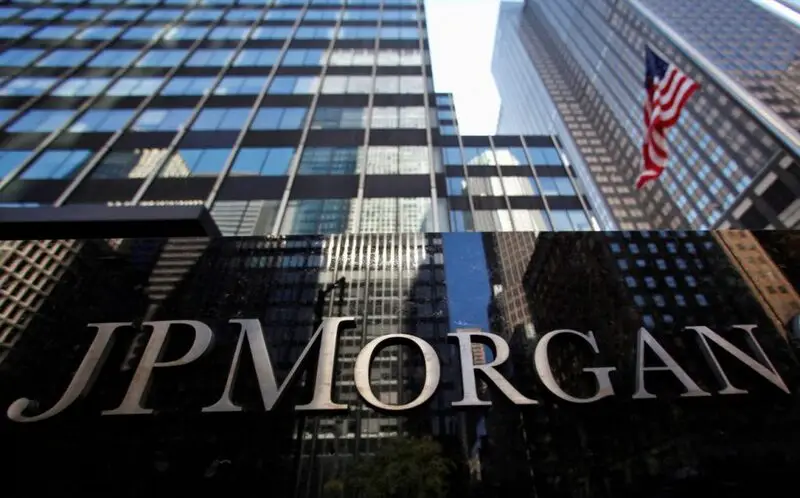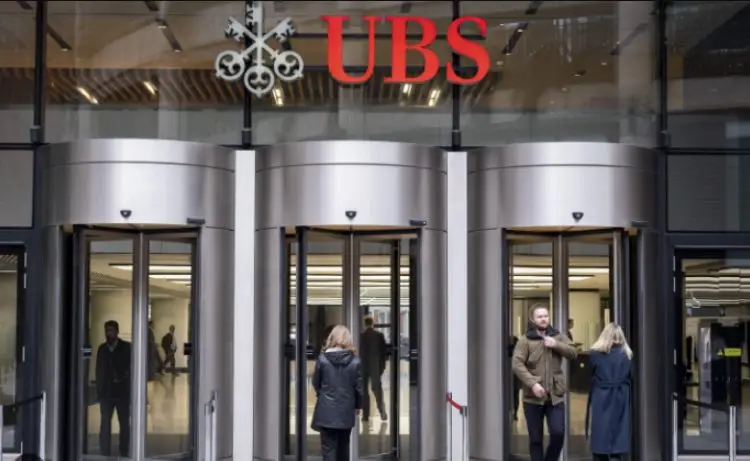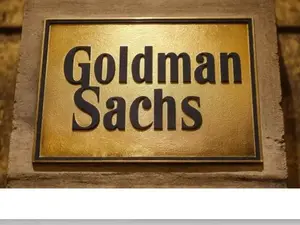De-dollarization trends are intensifying right now as wealthy investors and financial institutions are abandoning United States dollar assets. Instead, they are opting for alternative options such as cryptocurrency and gold. This notable shift is happening as major banking giants like UBS report that their ultra-rich clients are actively looking to diversify. They aim to move away from traditional dollar holdings amid ongoing global economic uncertainty.
Also Read: De-Dollarization: 13 Nations Find New Chinese Yuan Usage, Shunning US Dollar
Why The Wealthy Are Replacing The United States Dollar With Crypto and Gold

Banking Giants Report Shift from Dollar

UBS’s co-head of wealth management for Asia, Amy Lo, stated:
“Still, UBS’s rich clients are increasingly shifting away from US-dollar assets, turning to gold, crypto and China. Volatility is definitely here to stay.”
The wealthy and affluent investors alike are also prioritizing their asset protection through some various de-dollarization strategies. These strategies include, among other things, cryptocurrency investments. Some clients are currently allocating up to 5% of their total portfolios to digital assets. This is, in fact, a remarkable shift for traditionally conservative investors at this time.
We have officially reached the point where it is far more riskier to have zero exposure to Crypto than it is to allocate a small percentage of your net worth to it. I felt that way 5 years ago but TradFi is now waking up to the realization. https://t.co/yswNhbRPhA
— John E Deaton (@JohnEDeaton1) May 13, 2025
Also Read: New US Sanctions on 30+ Chinese Firms Spike Supply Chain Risks for Stocks
Gold Remains Central to De-Dollarization Strategy

Physical gold continues to be a cornerstone of ongoing de-dollarization efforts. Amy Lo from UBS confirmed:
“Gold is getting very popular.”
This classic hedge against currency substitution is being embraced alongside newer alternatives. It creates a somewhat balanced approach to reducing dollar exposure in investment portfolios.
Also Read: Steve Cohen Warns of 45% Recession, April Stock Lows May Hit Again
Market Volatility Drives Protection Through De-Dollarization

Christina Au-Yeung, head of Investment Management at Morgan Stanley Private Wealth Management Asia, acknowledged:
“We’ve seen our clients become much more conscientious about the risks and exposures that they’re taking, much more judicious about volatility, budgeting and having a very clear and set idea for what each part of the portfolio is designed to achieve.”
The United States dollar, which was once considered the ultimate safe haven, is now viewed with caution. There is some increasing skepticism as well. De-dollarization has essentially become a practical response to market unpredictability. It is not just a purely speculative move.
Cryptocurrency Legitimacy in De-Dollarization

John Deaton, a prominent financial commentator, noted:
“We have officially reached the point where it is far more riskier to have zero exposure to Crypto than it is to allocate a small percentage of your net worth to it.”
The cryptocurrency market’s role in de-dollarization has sort of evolved from fringe to mainstream. Institutional support has grown significantly in recent months.
Also Read: Strategy’s Michael Saylor Predicts The Future Of Bitcoin (BTC) In 4 Lines
Global Implications of Wealth De-Dollarization
Amy Lo observed:
“Brewing trade tensions between the US and China are prompting investors to diversify their holdings, which have traditionally been quite US-centric.”
As de-dollarization accelerates within the people that are wealthy, the potential for broader currency substitution increases. This change could possibly reshape the global financial landscape for years to come. Consequently, it might change how we think about reserve currencies.






